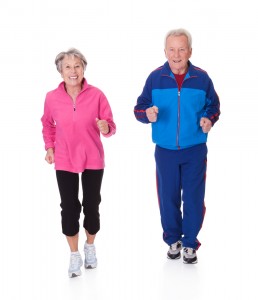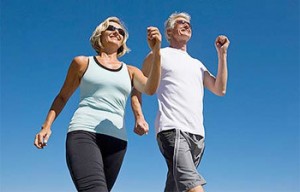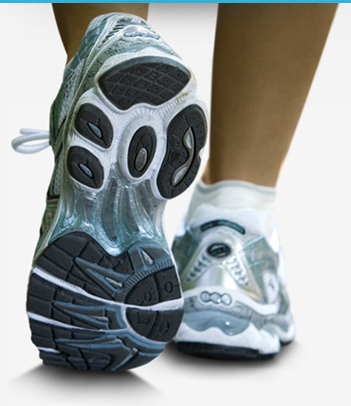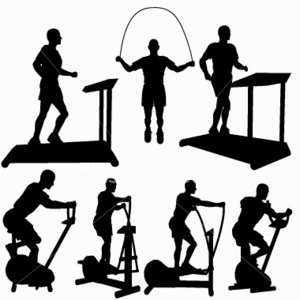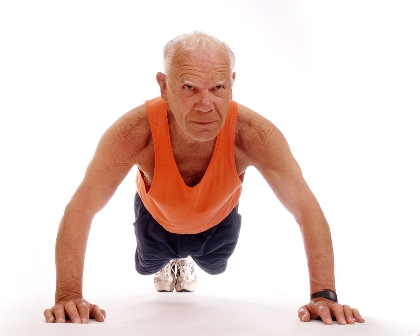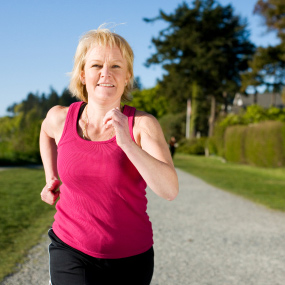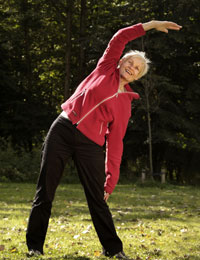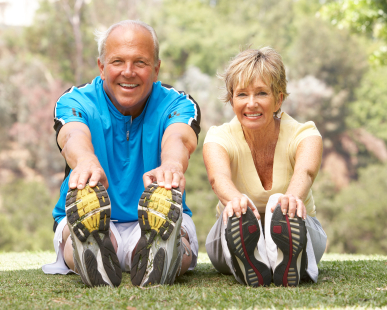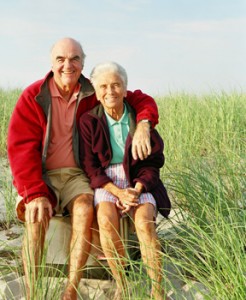 Following four healthy behaviors was associated with a lower risk of death in this analysis of data from 16,958 people who took part in the National Health and Nutrition Examination Survey III Mortality Study. Researchers collected information on lifestyle behaviors from the participants between 1988 and 1994 and followed the group until 2006 to determine who died. Each healthy behavior was associated with a significant reduction in the risk of death during the study follow up, but people who had all four healthy behaviors had some dramatic reductions in their risk of death. People who ate a healthy diet, got enough exercise, drank moderate amounts of alcohol, and did not smoke had a 63% lower risk of all-cause death, 66% lower risk of death from cancer, 65% lower risk of death from cardiovascular disease, and 57% lower risk of death from all other causes during follow-up compared to people who did not have any of these healthy behaviors. While many people had at least one healthy behavior, only 4.8% of the participants had all four.
Following four healthy behaviors was associated with a lower risk of death in this analysis of data from 16,958 people who took part in the National Health and Nutrition Examination Survey III Mortality Study. Researchers collected information on lifestyle behaviors from the participants between 1988 and 1994 and followed the group until 2006 to determine who died. Each healthy behavior was associated with a significant reduction in the risk of death during the study follow up, but people who had all four healthy behaviors had some dramatic reductions in their risk of death. People who ate a healthy diet, got enough exercise, drank moderate amounts of alcohol, and did not smoke had a 63% lower risk of all-cause death, 66% lower risk of death from cancer, 65% lower risk of death from cardiovascular disease, and 57% lower risk of death from all other causes during follow-up compared to people who did not have any of these healthy behaviors. While many people had at least one healthy behavior, only 4.8% of the participants had all four.
via Eat Well, Exercise, Moderate Alcohol Intake, Don’t Smoke, And Live Longer | Rodale News.

